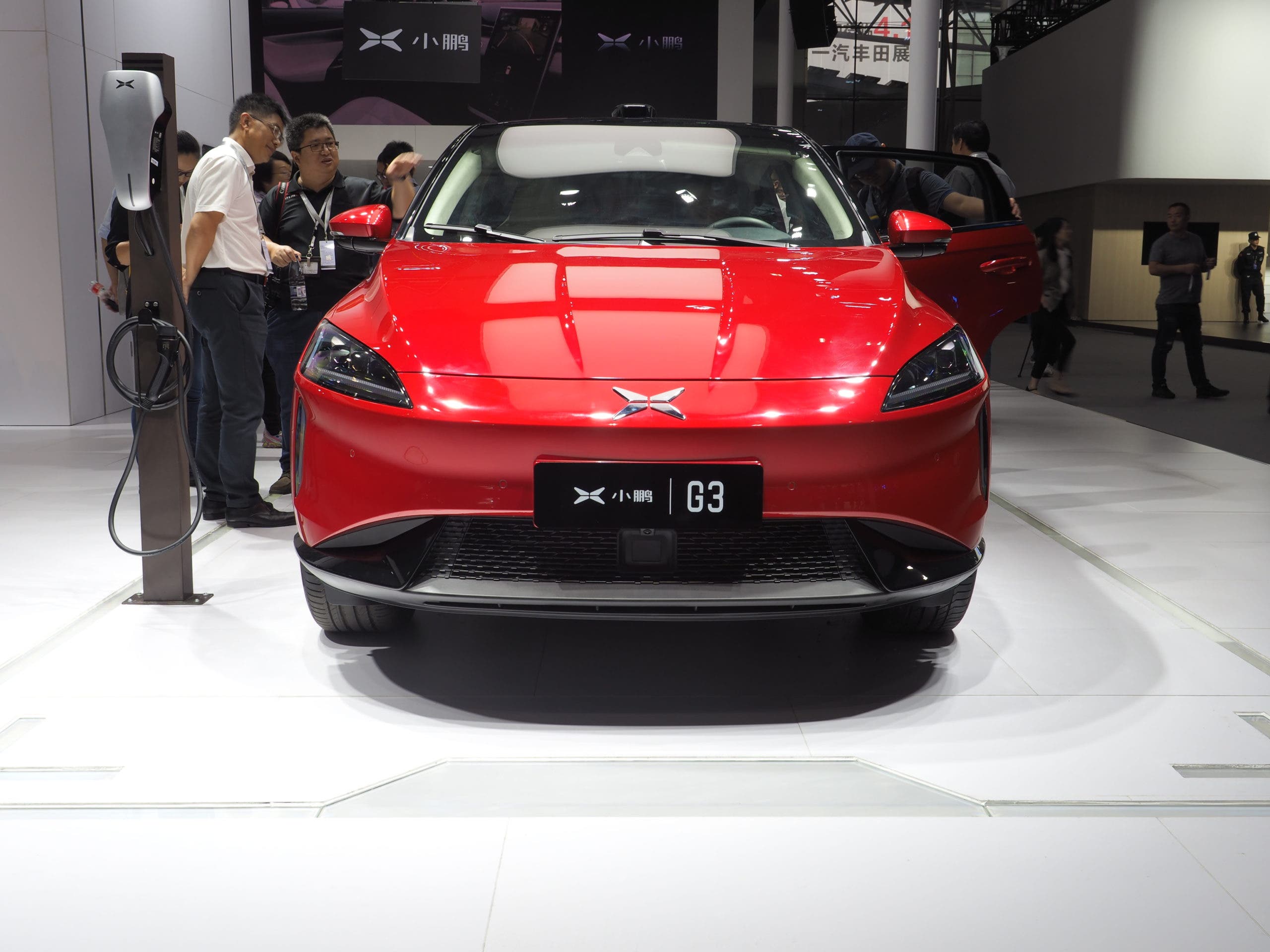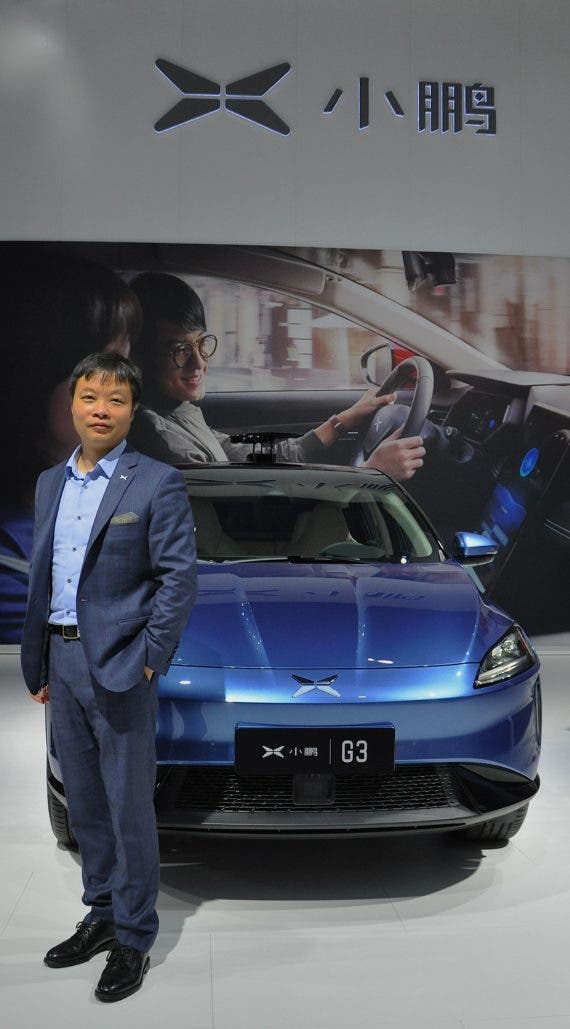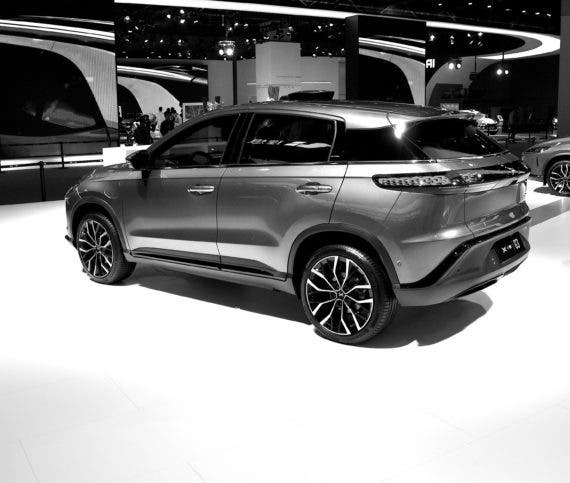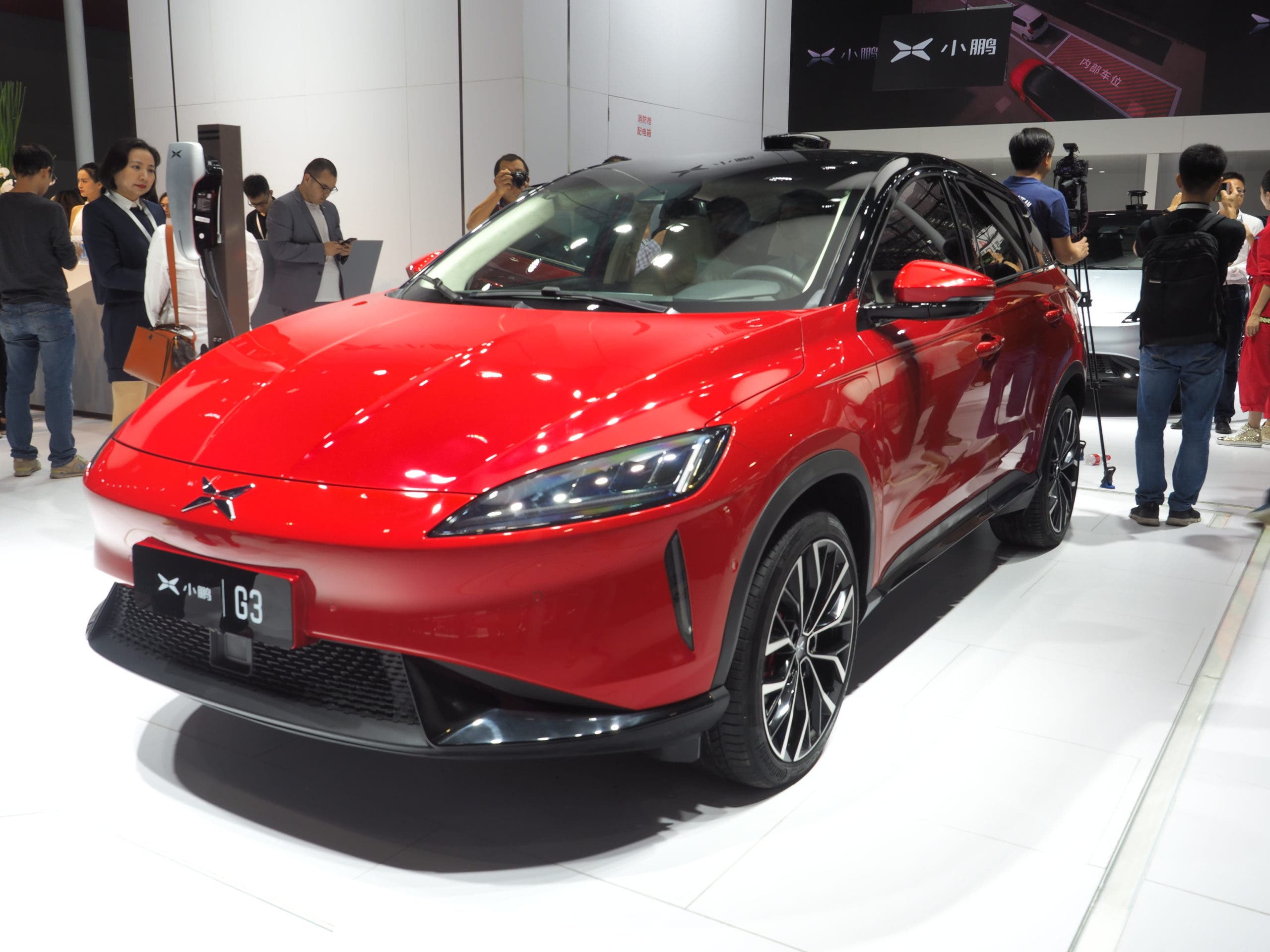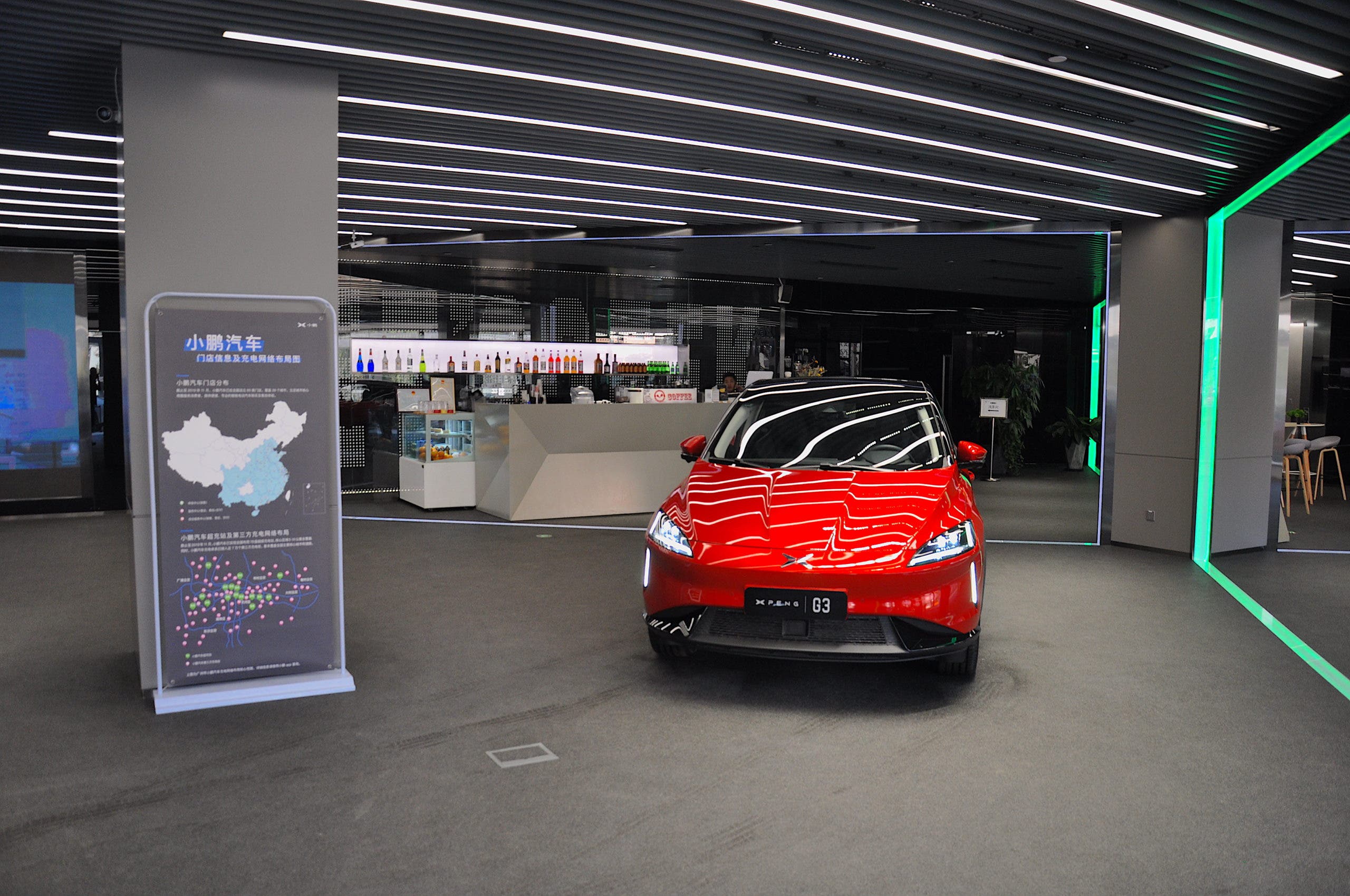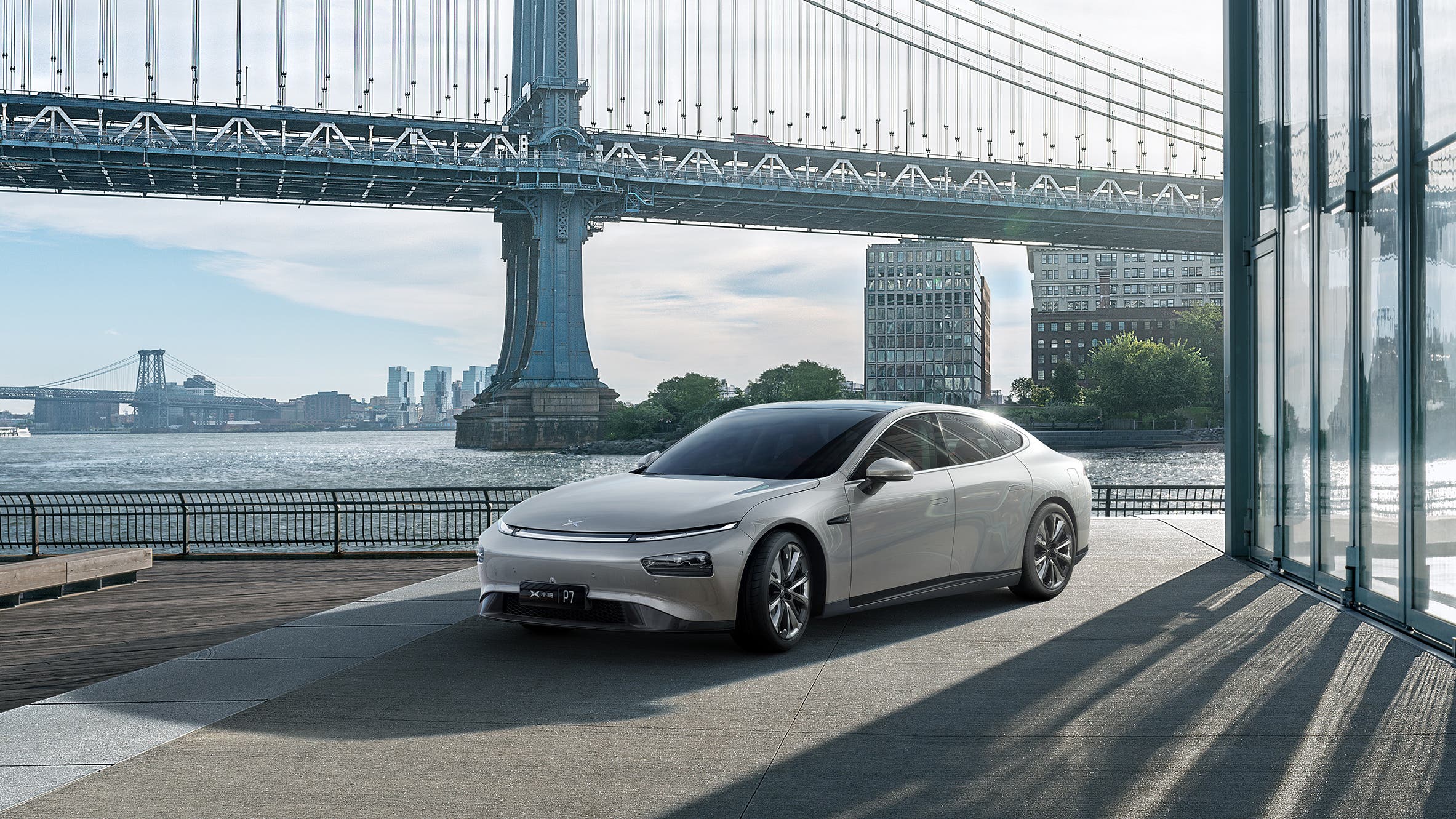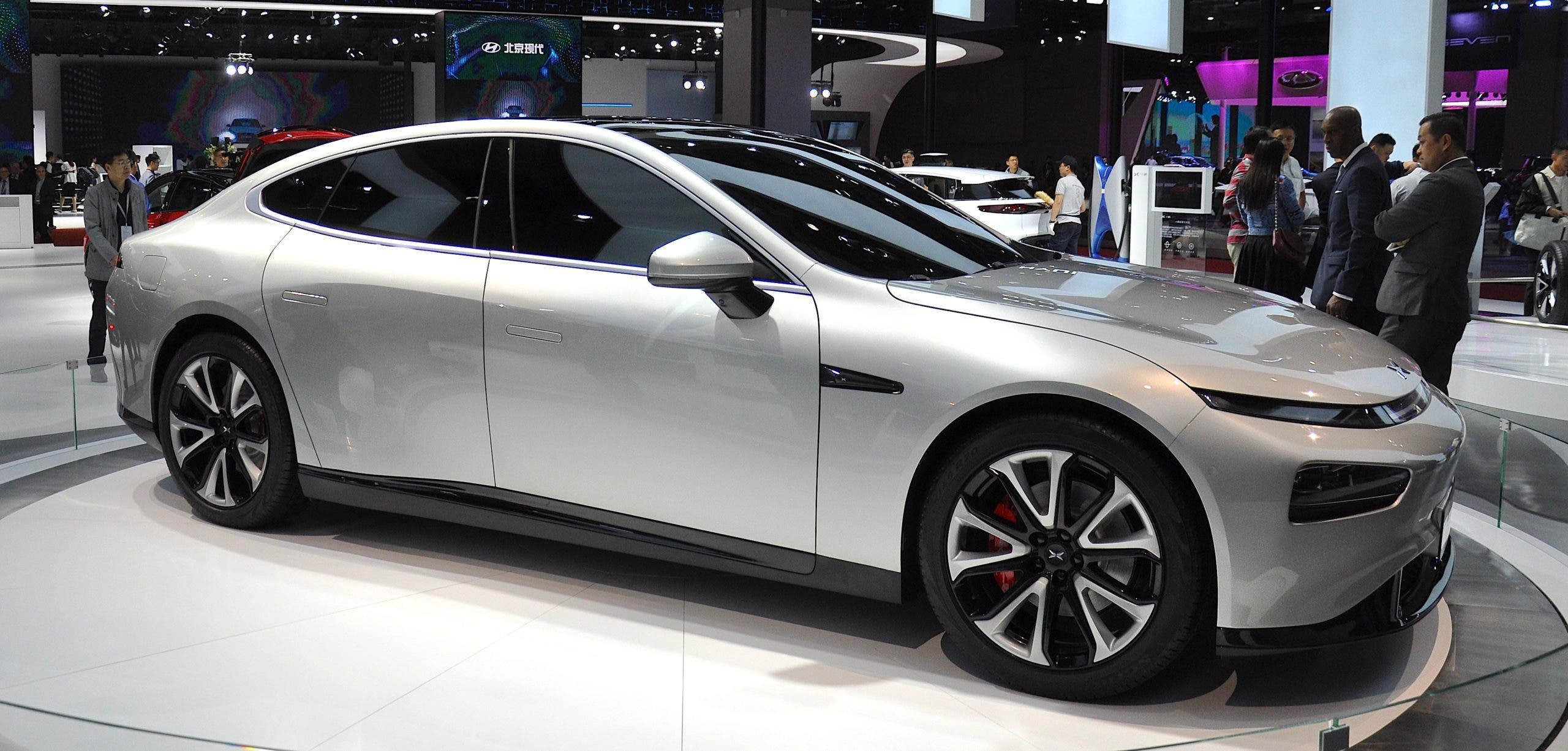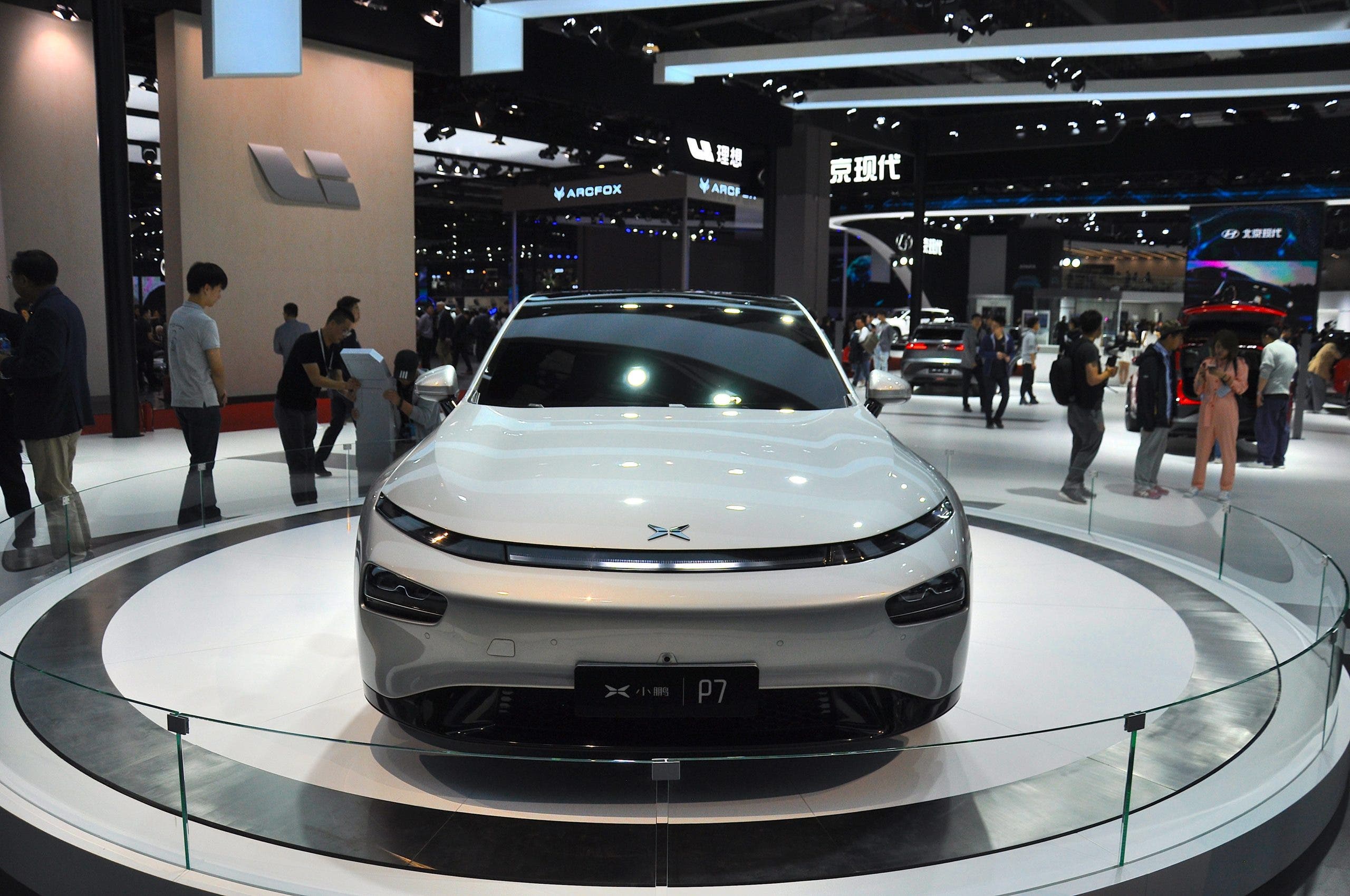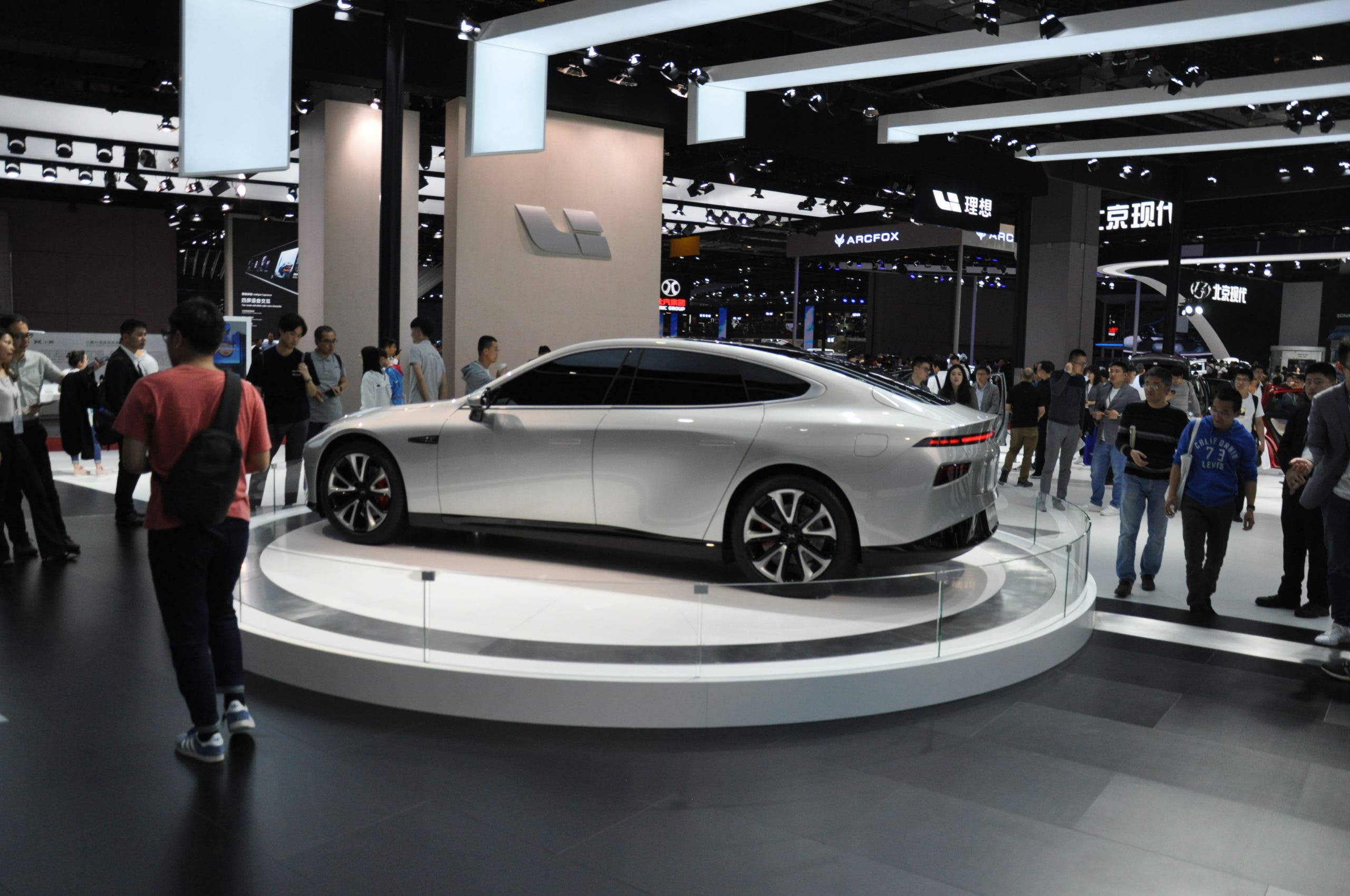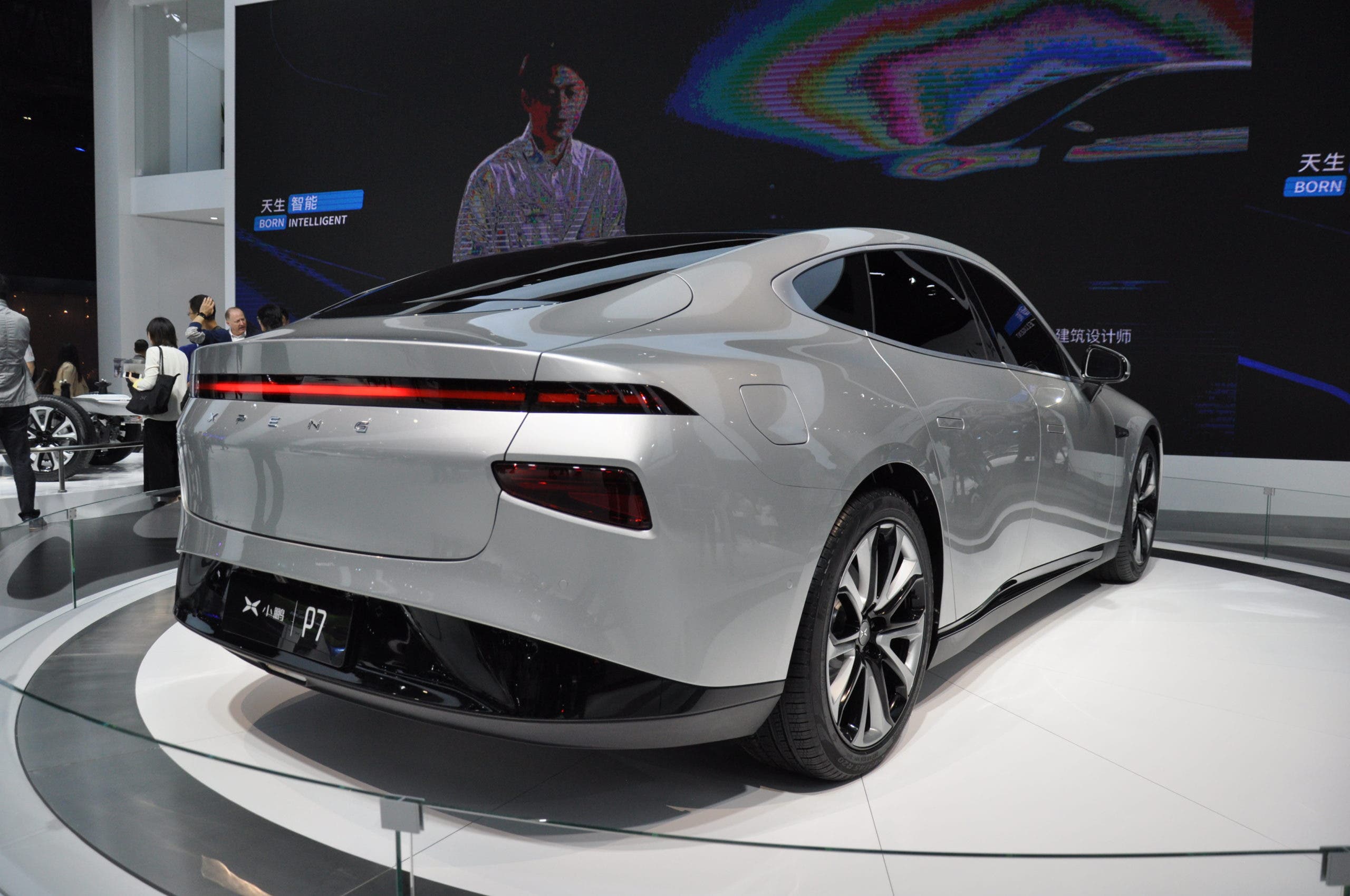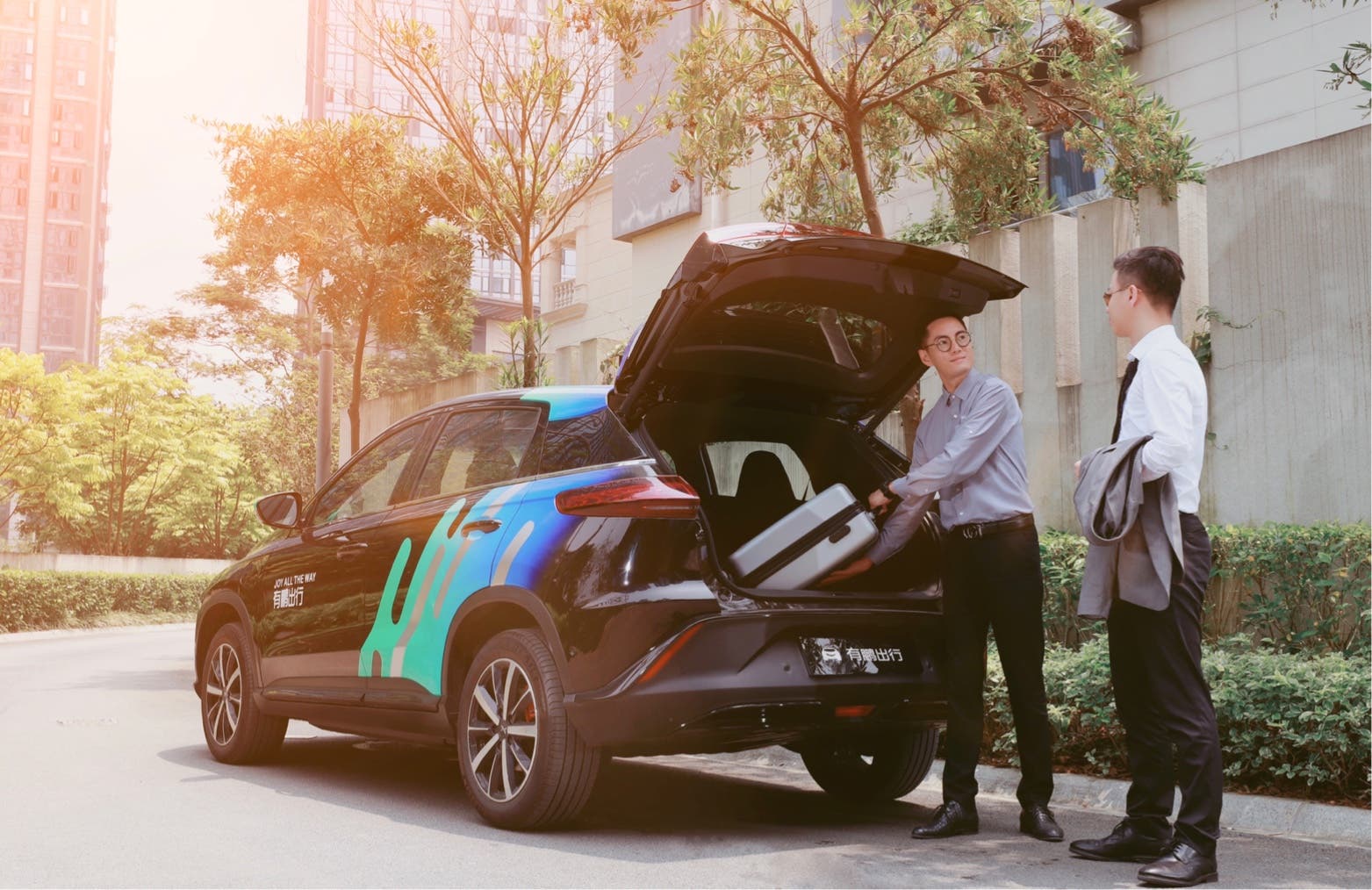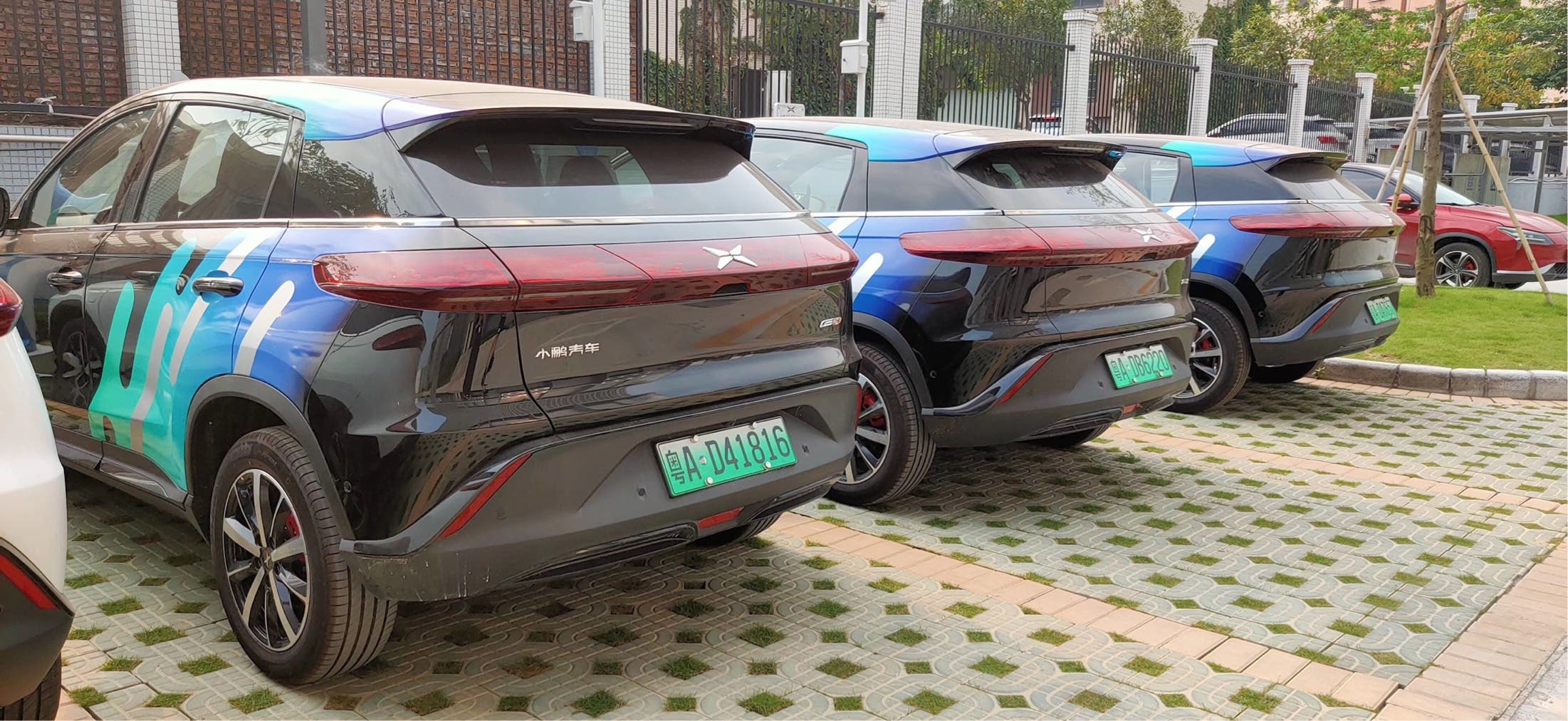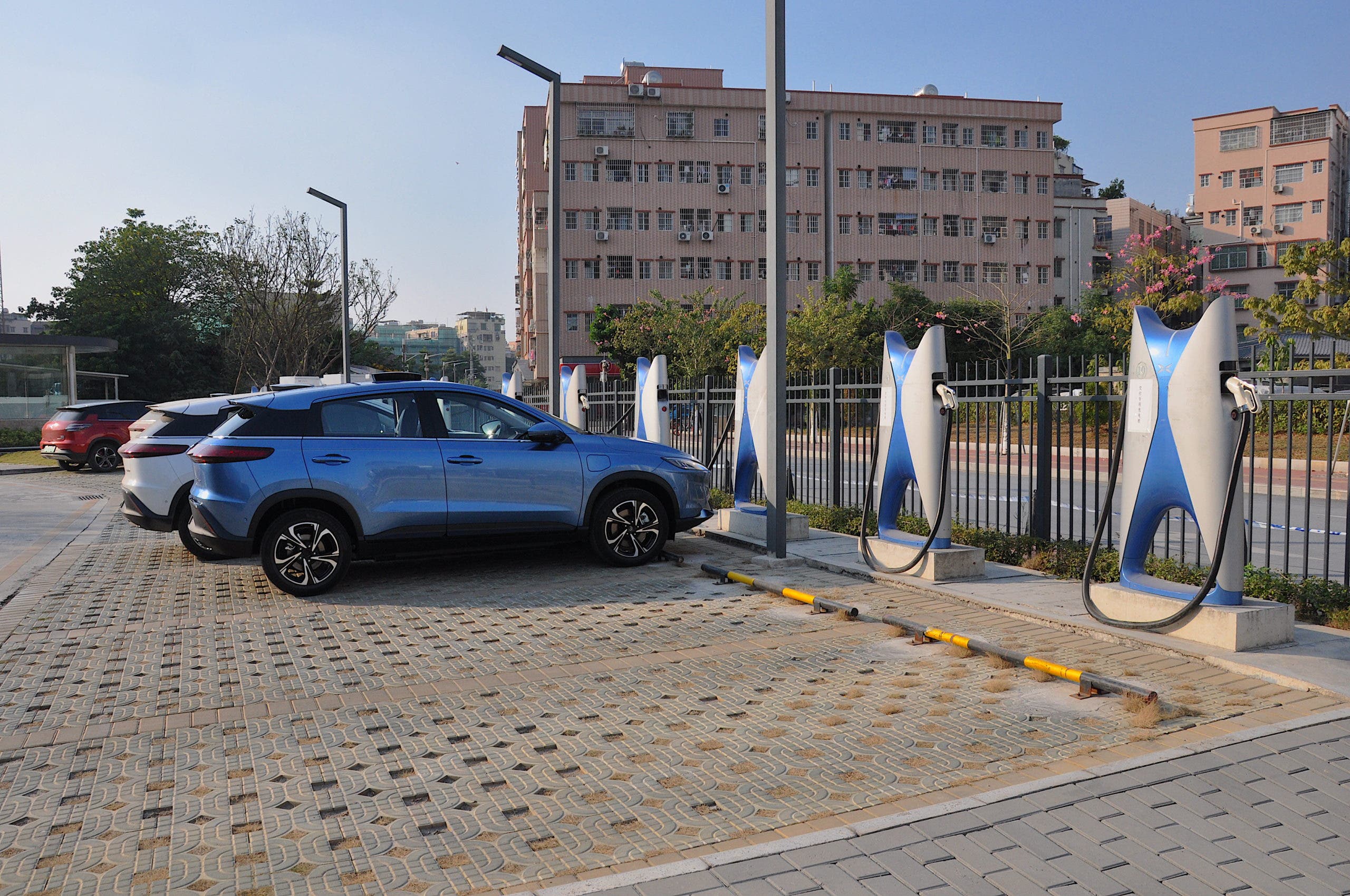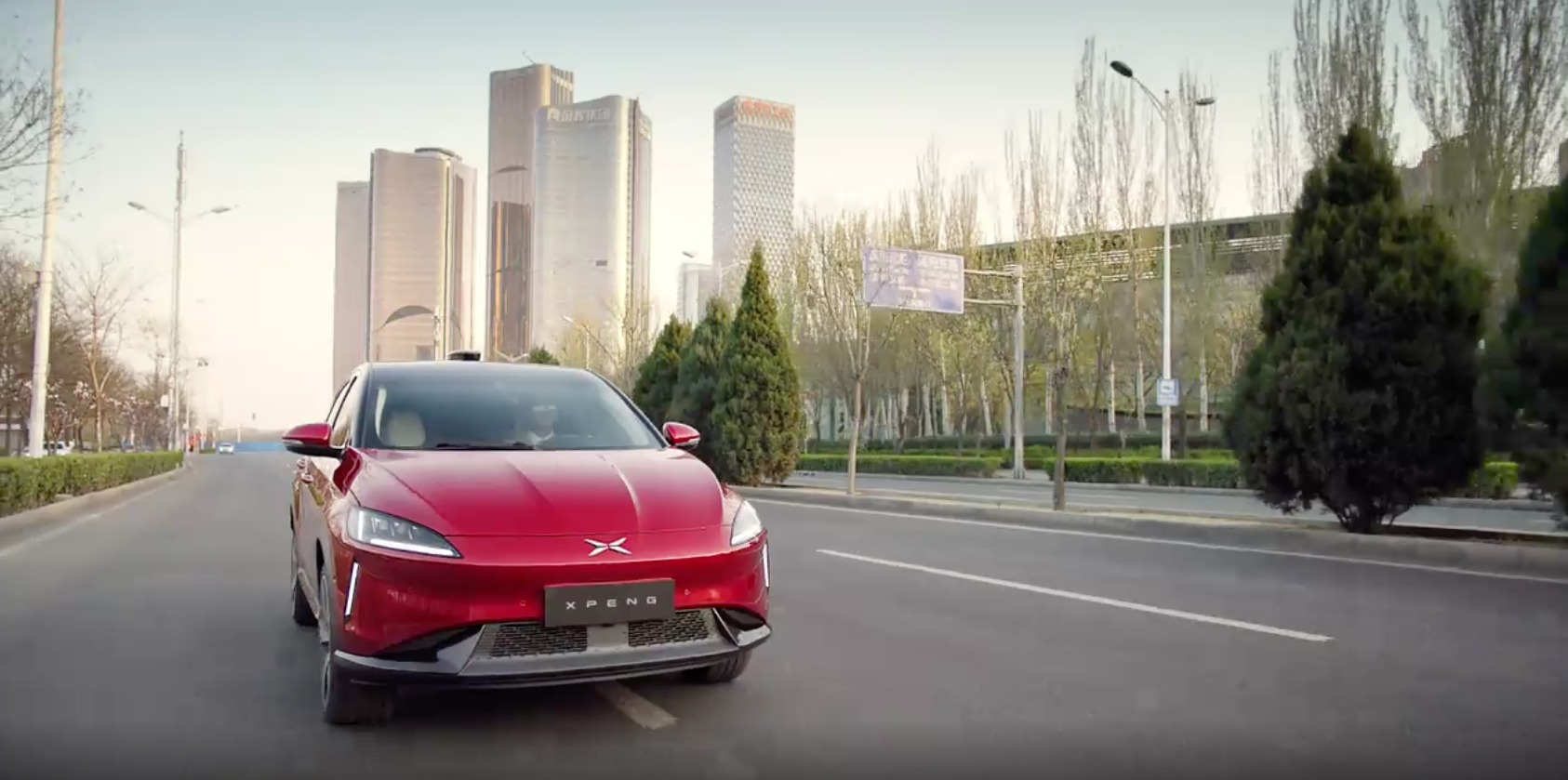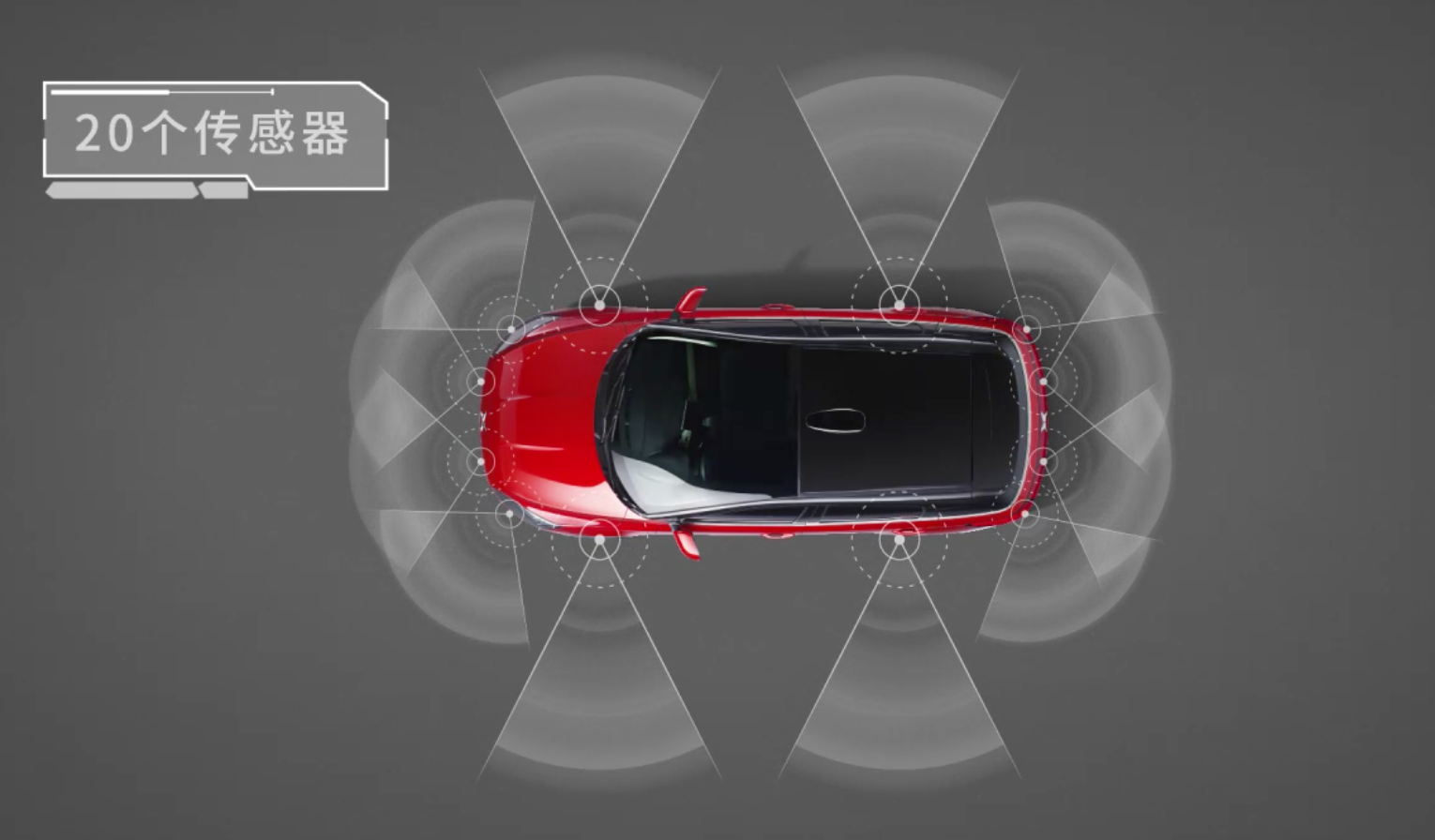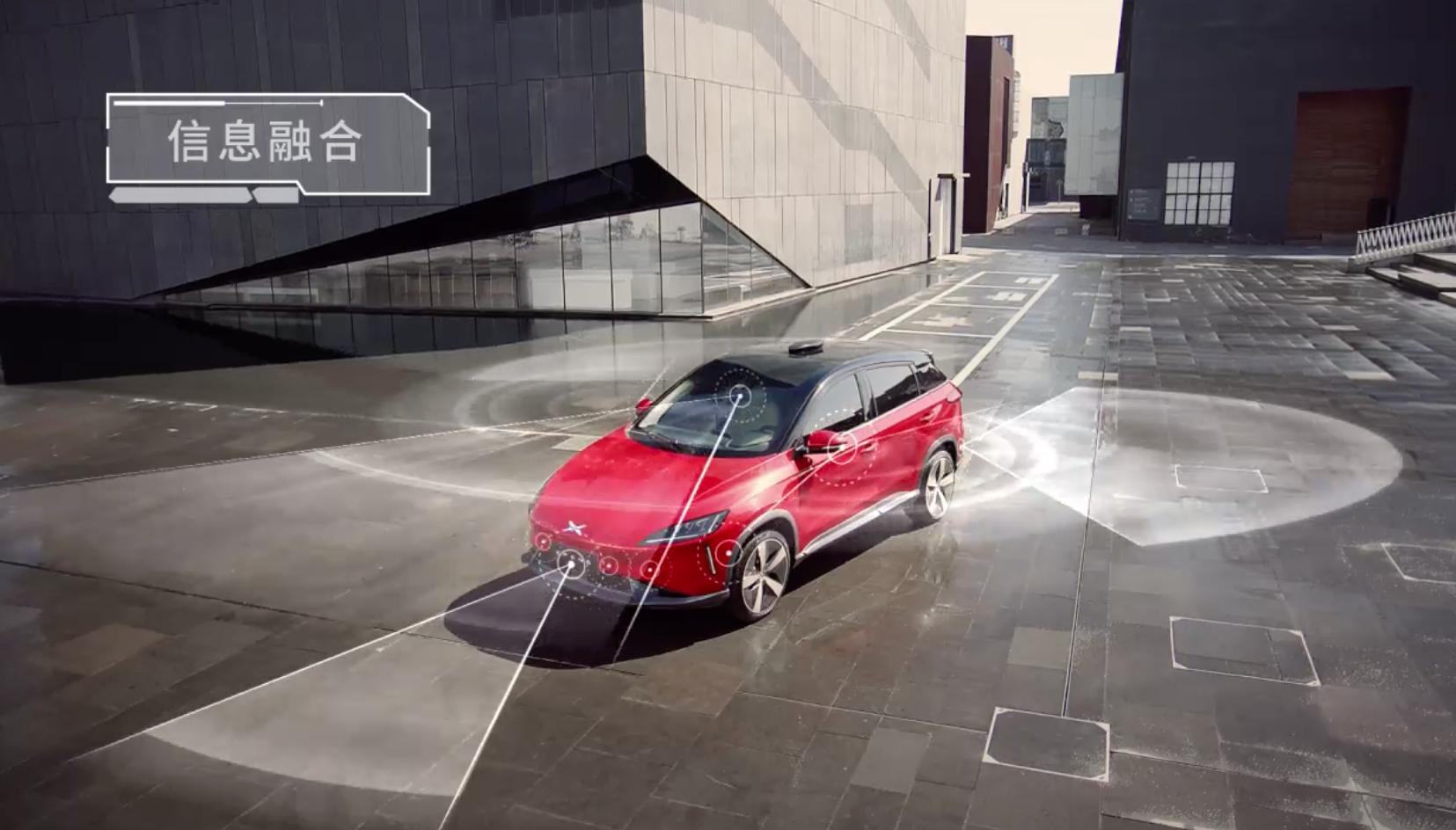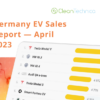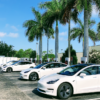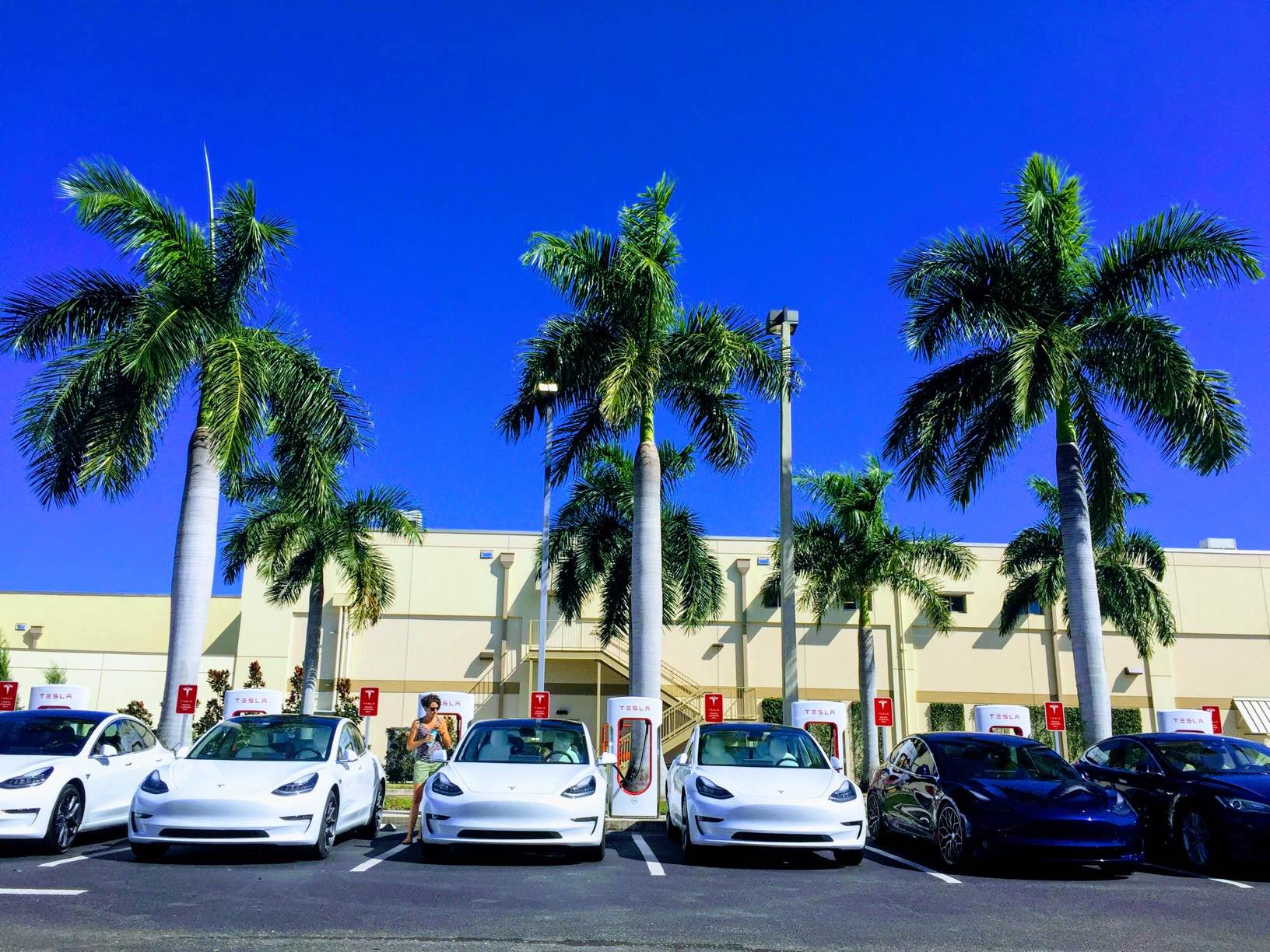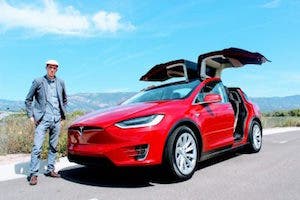Xpeng | Xiaopeng Motors
Numerous electric vehicle startups — or auto startups in general — have tried to sprout up before falling to the challenges of automotive development, automotive manufacturing, years of net losses, and a powerful, entrenched legacy auto industry that doesn’t provide much room for newcomers. A few, however, have defied the odds, broken through the soil, and sprouted, most notably Tesla. Aside from Tesla, though — following in its footsteps to be honest about it — a couple of Chinese EV startups have gotten production and sales up to notable levels. One of those is Xpeng, as you might have gleaned from the title of this resource page.
Xpeng, or Xiaopeng Motors, was founded in 2014 — two years after the Tesla Model S came out — in Guangzhou, China. Without a doubt, it took the idea of “copying what Tesla did” to a potentially obsessive level (I’ll come back to that later on). Many laughed off the company early on when its first prototype so clearly resembled a Tesla in both exterior design and interior design & features. However, aside from putting on a pretty face at some auto shows and in marketing materials, Xpeng was focused on executing.
Back in January 2018, when we told the story of one of Xpeng’s early major investors and its chairman since August 2017, He Xiaopeng, we explained that this was no sideshow for him — this was a serious play in which he was reportedly investing his entire fortune, for better or for worse. I was intrigued, but having seen several well funded companies come and ago, I was not exactly bullish on the startup. Today, I am much more so. Before I explain why, though, let’s go through the company’s history a bit more.
Xpeng Founders & Investment History
A few years before He Xiaopeng joined as chairman, Henry Xia (Xia Heng) and He Tao, two former GAC Group senior executives, got the company rolling. The three are considered cofounders. Though, the core initial investment seemed to come from He Xiaopeng.
It is not 100% clear, but it appears that Lei Jun, the founder of Xiaomi, was an initial financial backer of the firm as well and may also be considered a cofounder.
He Xiaopeng
Xiaopeng was the cofounder of mobile search, browser, and news firm UCWeb, which in 2014 was acquired by Chinese internet giant Alibaba Group in what was reportedly “the largest Chinese Internet merger deal” in history.
The two created the Alibaba UC mobile business group and Xiaopeng became an Alibaba executive, chairman of Alibaba UC. It appears that Xiaopeng used a portion of those winnings to help get Xpeng off the ground. Some money from billionaire Lei Jun’s hefty bank account and the expertise of Henry Xia and He Tao rounded out the foundation of this young firm.
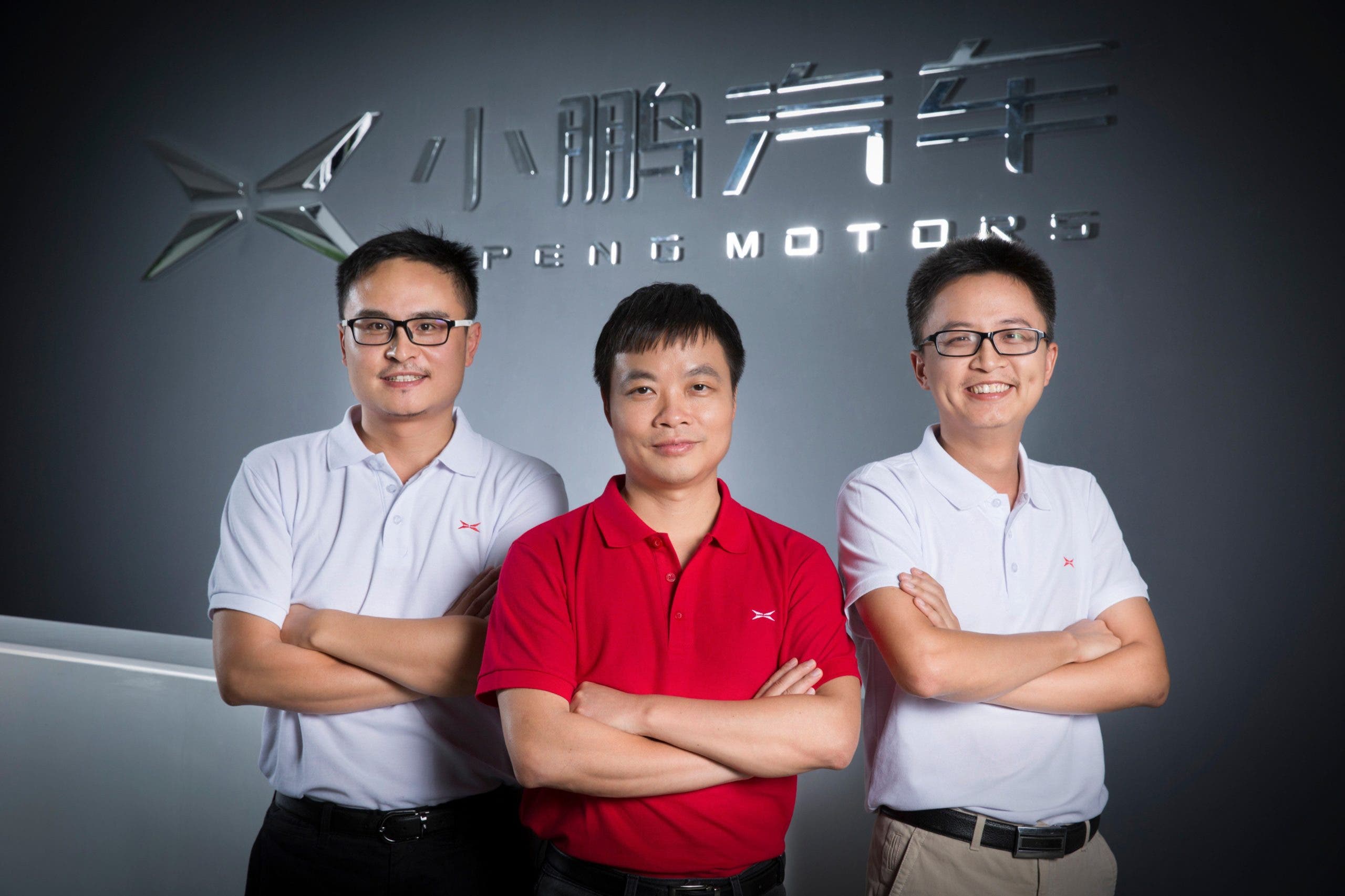
Xpeng cofounders He Tao, He Xiaopeng, and Xia Heng/Henry Xia (left to right) via a 2017 tweet from Xpeng.
Henry Xia
Some notes from Henry Xia’s Wikipedia page are particularly interesting, especially since they haven’t been updated in years. First of all, the page described Xpeng as a “plug-in gas-electric hybrid car company,” which it clearly isn’t. Back in 2014, though, it’s likely that was their idea for the powertrain to focus on.
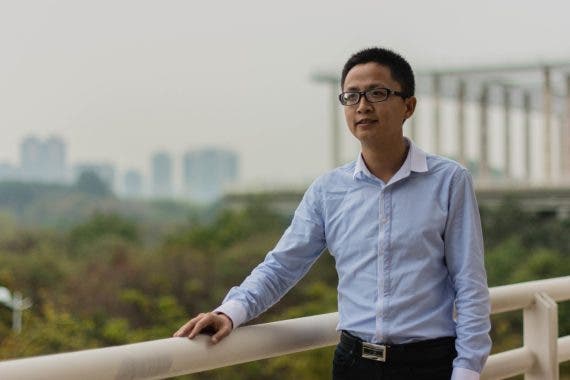
Xia Heng. Photo by Eragon Zhang (CC BY-SA 4.0 license).
That page also says, “The company initially focused on research and development for new core technologies for use in motors, batteries, electronic control systems and center-display touch screens.[6] Heng recruited former employees from Guangzhou Automobile, BMW, Lamborghini, BYD, ALi, Tencent, Huawei, and Samsung.” This is a notable quote to me for a few reasons:
- It indicates that Xpeng’s earliest roots, and those of at least a few cofounders, were in tech. In the current US and European auto markets, that is perhaps Tesla’s #1 strength — that it’s a tech company developing in a Silicon Valley way and with deep expertise and rapid innovation in tech. On a superficial level, at least, Xpeng appears to have proper ingredients for similar leadership.
- It also indicates that Xpeng pulled early on from top tech companies and top auto companies in order to build out its launch team. The quality of dozens or hundreds of early staff was presumably very high. (And, let’s be frank, at 6 years of age, we’re still in the “early staff” phase.)
- It also implies that Heng had great networking and/or was quite talented at recruitment. Not only did he pull from several major corporations, but he also apparently pulled people in who were able to rapidly get a vehicle developed and to market — extremely rapidly.
There’s nothing particularly important about this quote from Heng’s Wikipedia page, but it is funny since it’s so out of date and is on such a short page for such a notable person: “Xiaopeng has projected that it will start production of its own vehicle before the end of 2017.” (Yes, we are long past the end of 2017.)
He Tao
Of the founding team, the most confusion comes around He Tao. He does not have a Wikipedia page, from what I found, but is profiled in CrunchBase — but with the wrong profile pic. The first part of his bio there reads as follows: “Tao He is the co-founder and vice president of Xpeng Motors. He earned his master’s degree of Automotive Engineering in TsingHua University, was in charge of Shanghai Expo’s new energy bus system and R&D project of GAC New energy electric vehicles.” (Unless I am somehow mistaken, the second part of the CrunchBase profile refers to a different Tao He, which explains the incorrect profile picture.)
I did not find much written about He Tao with regards to Xpeng’s development, but his LinkedIn page indicates he’s still there and I presume he is still a vice president.
Brian Gu
A Vietnamese tech site highlights a different third member of the “Three Musketeers” for Xpeng, Brian Gu. (Gu even replaces He Tao in different version of the picture above.) A former chairman of JP Morgan Asia Pacific, this is the finance guy. “Brian Gu was the one who helped Xpeng never fall into financial difficulties. Joining in March 2018, Brian was responsible for global strategy, finance, capital raising, international cooperation, merger and acquisition of Xpeng.”
Others
The Vietnamese article specifies a few other notable early hires Xiaopeng brought to Xpeng early on: “Gu Junli (former Tesla technical expert), Liu Minghui (former vice president of the FAW R&D Institute), Xiong Qingyun (former P&G Chinese director).”
Also see this July 2019 story: “Xpeng Adds Three More Experienced Execs To Its Leadership Team.”
Investors
With founding members and early staff like you see above, attracting investment couldn’t have been too hard. Indeed, Alibaba invested in Xpeng just three months after Xiaopeng moved over there.
“Prominent Chinese and international investors included Alibaba, Foxconn and IDG Capital,” Wikipedia notes, with references to Wall Street Journal and Reuters reports. “A further funding round in 2018 saw Alibaba’s vice president Joseph Tsai join the corporate board of Xpeng.”
As of mid-2019, Xpeng Motors had raised over 10 billion yuan ($1.445 billion) from investors such as Alibaba and private equity firms such as IDG Capital, Primavera Capital, Morningside Venture Capital, and Xiaomi Corp founder Lei Jun.
In November 2019, Xpeng announced a Series C capital funding round of $400 million. In that round, Xiaomi Corporation invested enough to become a “strategic investor.” Xiaopeng also increased his investment in the firm in that Series C round.
Lei Jun, CEO of Xiaomi Corporation, commented: “Xiaomi Corporation and Xpeng Motors have achieved significant progress through in-depth collaboration in developing technologies connecting smartphones and smart cars. We believe that this strategic investment will further deepen our partnership with Xpeng in advancing innovation for intelligent hardware and the Internet of Things.”
Xpeng is now rumored to be prepping for an IPO on a US stock exchange.
Xpeng Automobiles
Xpeng G3
The Xpeng G3 was Xpeng’s first vehicle. It went on sale in China in December 2018. It launched with a range of 365 kilometers (227 miles) on a full charge based on the NEDC rating system (which is notoriously optimistic/unrealistic). The 5 passenger SUV launched with approximately 200 horsepower and 220 ft-lb of torque. The starting price after government subsidy was a shocking 150,000 RMB ($21,500).
The current version of the G3 has 400 km (249 miles) or 520 km (323 miles) of range on a full charge (NEDC), depending on whether you get the Standard or Long Range battery option (yes, same terminology as Tesla uses). The battery sizes for those options are 50.5 kWh and 66.5 kWh, respectively. The new G3 also has a C-NCAP 5-star safety rating and XPilot 2.5 (Xpeng’s version of Tesla Autopilot). It can go from 0 to 100 km/h in about 8.6 seconds and has a max speed of 170 km/h. More specs can be found here.
Pricing options for different trims and battery options are as follows:
- Core trim, Standard Range = 143,800 RMB ($20,669)
- Smart trim, Standard Range = 163,800 RMB ($23,543)
- Premium trim, Standard Range = 180,800 RMB ($25,987)
- Core trim, Long Range = 159,800 RMB ($22,968)
- Smart trim, Long Range = 179,800 RMB ($25,843)
- Premium trim, Long Range = 196,800 RMB ($28,286)
Xpeng P7
Xpeng’s second model, a stylish and quick sedan, has a stunningly low price for the specs, design, and features. Furthermore, it comes with XPilot 3.0.
The RWD Long Range version of the P7 has 586 km (364 miles) of range, the RWD Super-Long Range has 670 km (416 miles) or 706 km (439 miles) of range (depending on trim), and the 4WD high-performance trim has 562 km (349 miles) of range — all NEDC rating system. Full specs are here.
The price ranges for different battery and powertrain options are as follows:
- Standard trim, Long Range = 229,900 RMB ($33,042)
- Smart trim, Long Range = 259,900 RMB ($35,914)
- Premium trim, Long Range = 299,900 RMB ($43,096)
- Standard trim, Super-Long Range = 254,900 RMB ($36,624)
- Smart trim, Super-Long Range = 266,900 RMB ($38,348)
- Premium trim, Super-Long Range = 276,900 RMB ($39,787)
- Smart trim, 4WD High Performance = 339,900 RMB ($48,800)
- Premium trim, 4WD High Performance = 349,900 RMB ($50,277)
Again, full specs and features you get for those different options are here.
Xpeng Ride Hailing
In 2019, Xpeng launched a ride-hailing platform, Pengster. An anonymous Xpeng employee told CleanTechnica at the time: “It will be an important component to Xpeng’s future smart mobility ecosystem, with cars as the entry point to the broader service offering.” After getting rolling with several hundred cars in Guangzhou near company headquarters, it was supposed to expand to about 2,000 vehicles by the end of 2019. We will find out soon how many cars are currently in the Pengster network.
Xpeng + NIO Supercharging
Xpeng and NIO have showed some brotherly love to each other, or perhaps just put their customers first, as they decided at the end of 2019 to share their supercharging networks. “According to the agreement, NIO EV owners will be able to use Xpeng superchargers across China’s 1st and 2nd-tier cities, while Xpeng EV drivers will be able to use NIO Power’s supercharging stations through the Xpeng app.
“As a service supplier, NIO Power will also be part of the Xpeng home charging service system. Further, NIO will provide Xpeng customers with home charging station installation services.”
Furthermore, earlier in 2019, “Xpeng Motors announced a strategic partnership with TELD, a domestic operator that boasts China’s largest charging network and ecosystem. Xpeng EV owners can now access TELD’s 50,000 charging stations across 183 cities in the country. This partnership with TELD is helping Xpeng Motors reach its aim to build 200 supercharging stations across 30 cities in China.”
Xpeng told CleanTechnica at the time that Xpeng customers have access to more than 100,000 third-party charge points across China.
Xpeng–Tesla Autopilot Controversy
The most notable controversy regarding Xpeng is that a former employee was accused by Tesla (including lawsuit) of stealing Tesla Autopilot source code and bringing it to Xpeng. Wikipedia summarizes: “In March 2019, Tesla accused an Xpeng employee of intellectual property infringement of its Autopilot source code. Cao Guangzhi, a former Tesla employee and prospective Xpeng new hire, was alleged to have made unauthorized copies of Tesla’s Autopilot source code before leaving Tesla to join Xpeng Motors. Cao admitted uploading Tesla’s source code to his iCloud account prior to leaving Tesla, but denied claims of intellectual property theft.[12] Cao left the company in March 2020.[13]
“In response to these accusations, Xpeng launched an internal investigation of the alleged theft, and found no evidence of transfer of the intellectual property.[12]”
The legal dispute has not been resolved yet as far as we have seen.
Notably, popular YouTuber and longtime Tesla owner/ambassador Bjørn Nyland thinks that Xpeng’s autoparking technology is better than Tesla’s at the moment.
Related: NIO
More on Xpeng:

